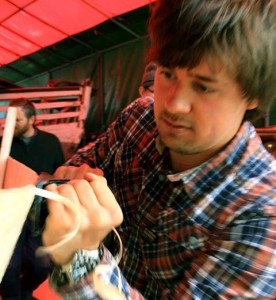
Thomas Dhoop – a short biography
My name's Thomas Dhoop and I am a maritime archaeologist. I am one of the facilitators on the 'Shipwrecks and Submerged Worlds' course. I was educated as an archaeologist at the University of Leuven in Belgium (BA and MA in archaeology) and specialised in maritime archaeology at the University of Southampton (MA in maritime archaeology).
Continue reading →








